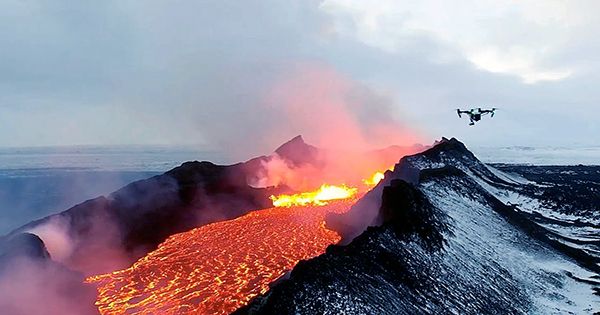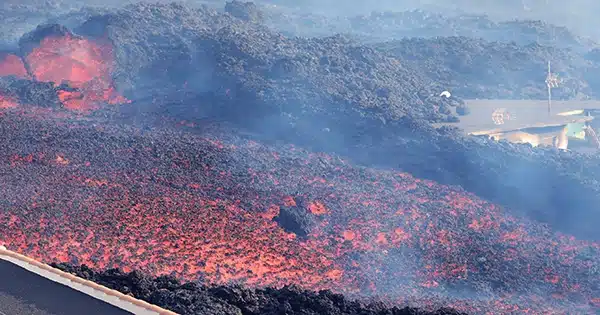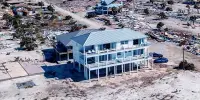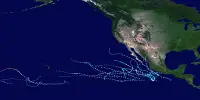Researchers at the University of Queensland have optimized a new technique for forecasting how volcanoes will behave, which could save lives and property all across the world. The findings were published in Science Advances.
Dr. Teresa Ubide of the University of Queensland’s School of the Environment and a group of international partners have tested a new application of the tongue-twisting method: laser ablation inductively coupled plasma quadrupole mass spectrometry.
“It’s a mouthful, but this high-resolution technique provides clearer data on what’s chemically occurring within a volcano’s magma, which is critical to forecasting eruption patterns and changes,” explained Dr. Ubide.

She referred to magma as the “computer code” of volcanoes, offering details on the lava flow and eruption style. “The chemical changes that occur within the liquid portion of the magma during a volcanic eruption are quite incredible,” Dr. Ubide stated.
“Inside the volcano, liquid melt, gas, and crystals combine to form magma.
It can be challenging to observe the chemistry of the magma because there are frequently so many interfering crystals that it resembles a rocky road.
We utilize a laser similar to those used in eye surgery to blast the cooled melt, sometimes referred to as the rock matrix, in order to clear the way for these crystals.
“Next, we analyze the substance by determining its chemical composition.”
The approach was tested on materials obtained during the magnificent but destructive 2021 eruption on the Canary Island of La Palma, which lasted 85 days.
“The eruption covered more than 12 square kilometers with 159 cubic meters of lava, destroying around 1,600 homes and forcing the evacuation of over 7,000 people—it cost the country the equivalent of around $1.4 billion,” Dr. Ubide explained.
“Live monitoring data is critical for understanding how volcanic eruptions may evolve and providing warnings and advice to people.”
The chemistry of the melt is a direct indicator of the ‘personality’ of the magma, its behavior during eruption, and its possible effects on infrastructure and population. In contrast to earthquakes, ground changes, and gas measurements, which provide indirect information on what is happening inside an active volcano.
“The information we gathered during this eruption could help guide volcano monitoring and hazard management in the future.”
A similar technique is now being tested on volcanic ash, which may be sampled more easily during a volcanic eruption. “We are very excited to collaborate with volcano observatories to implement the method as a monitoring tool,” stated Dr. Ubide.














